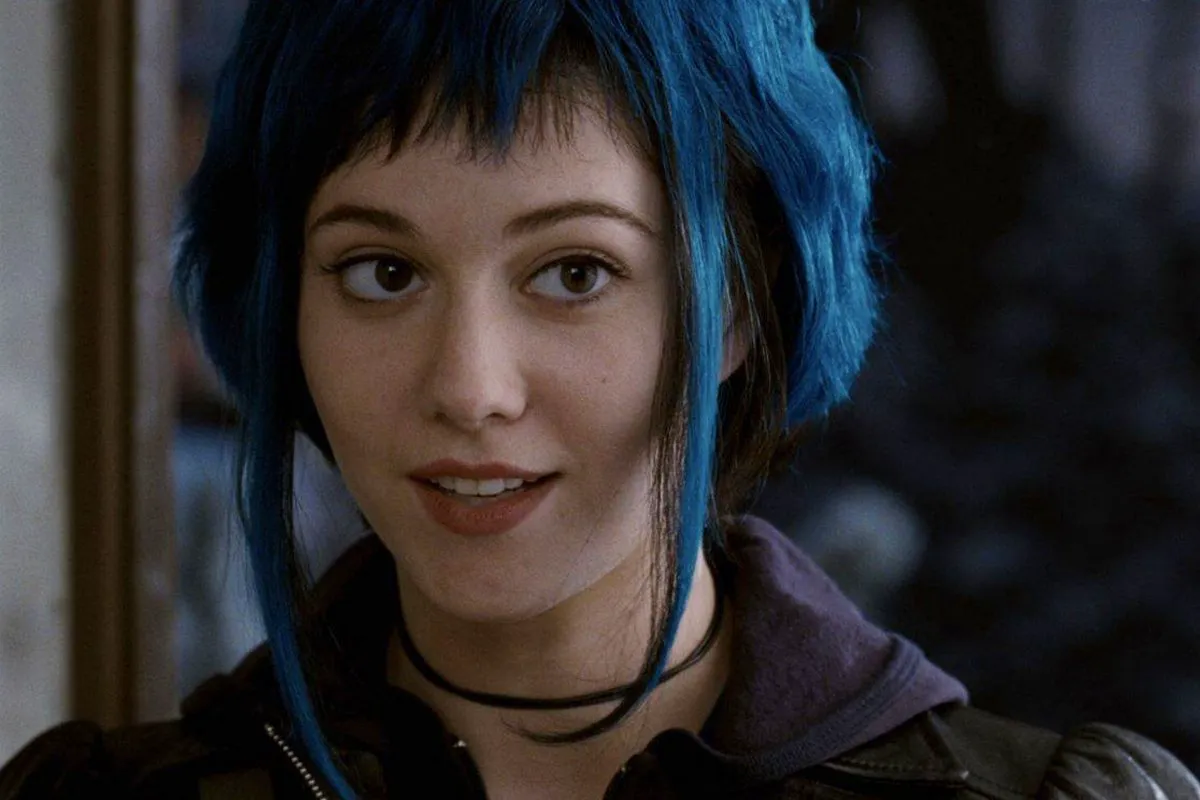Scott Pilgrim vs. the World: When Comics Leap Off the Page
Often hailed as the most literal comic book adaptation ever, Scott Pilgrim vs. the World initially stumbled at the U.S. box office, inadvertently proving that its visual extravagance, while capable of inspiring awe, could also be off-putting to some.
The film centers on Scott Pilgrim, a slacker and bassist for the band Sex Bob-omb, who falls head over heels for Ramona, a mysterious delivery girl. To win her heart, Scott must confront and defeat her seven “evil exes.” Each battle unfolds like a video game level, complete with points, power-ups, and a final showdown with the ultimate boss – a record label mogul.
A Stylish Intro
A striking opening sequence has become a hallmark of studios aiming to deliver something unconventional, signaling to the audience that they’re in for a unique experience. For Scott Pilgrim vs. the World (2010), Universal Pictures opted for a trendy, 8-bit-inspired title sequence. If you don’t appreciate the retro charm, perhaps this film isn’t for you. But for those who revel in the simplicity of retro technology, enjoy immersive gaming experiences, and appreciate the nostalgic sound of digital bonus coins, Scott Pilgrim goes all in.

From Hipster Comedy to Visual Spectacle
Initially, the film presents itself as a hipster-centric teen comedy (where the characters are ostensibly in their early twenties but convincingly pass for seventeen), filled with witty banter and an overwhelming amount of visual noise. Animated flourishes – on-screen commentary, sound effect interjections, split screens, and other comic book-inspired embellishments – initially seem to mask a lack of substance. However, as the film progresses, the dialogue sharpens, the visual gags intensify, the plot remains wonderfully absurd, and the overall enjoyment skyrockets.
A New Trend in Comic Book Adaptations
Kick-Ass (2010) pulled a similar trick, masquerading as a high school comedy before diving into its outlandish premise. A new wave seems to be emerging in comic book adaptations, pushing the boundaries of irreverence and aesthetic freedom. While Kick-Ass still glanced back at traditional cinematic conventions, Scott Pilgrim fully embraces the absurdity, showcasing a modern pop culture landscape where anything goes. Edgar Wright constructs the film as a video game, complete with genre-typical fights, musical battles, and a cast of hilarious “evil exes” that Scott must defeat to level up. This concept originates from the graphic novel, but Wright executes it with unrestrained creativity and a wild imagination.
Wright’s Unrestrained Vision
Edgar Wright’s eccentric style, evident from his debut film Shaun of the Dead (2004), evolved through the action-comedy Hot Fuzz (2007), making Guy Ritchie’s films seem almost melancholic by comparison. This culminates in Scott Pilgrim vs. the World. Wright’s passion for cinema shines through, creating a film that defies logic and embraces pure entertainment. He amplifies the comic’s video game elements to the point of absurdity, resulting in a visual frenzy. He channels the energy of a geek obsessed with trash cinema, arcade games, garage rock, and cheesy MTV rom-coms, finally given the chance to unleash his inner child and share his unique treasures with the world.